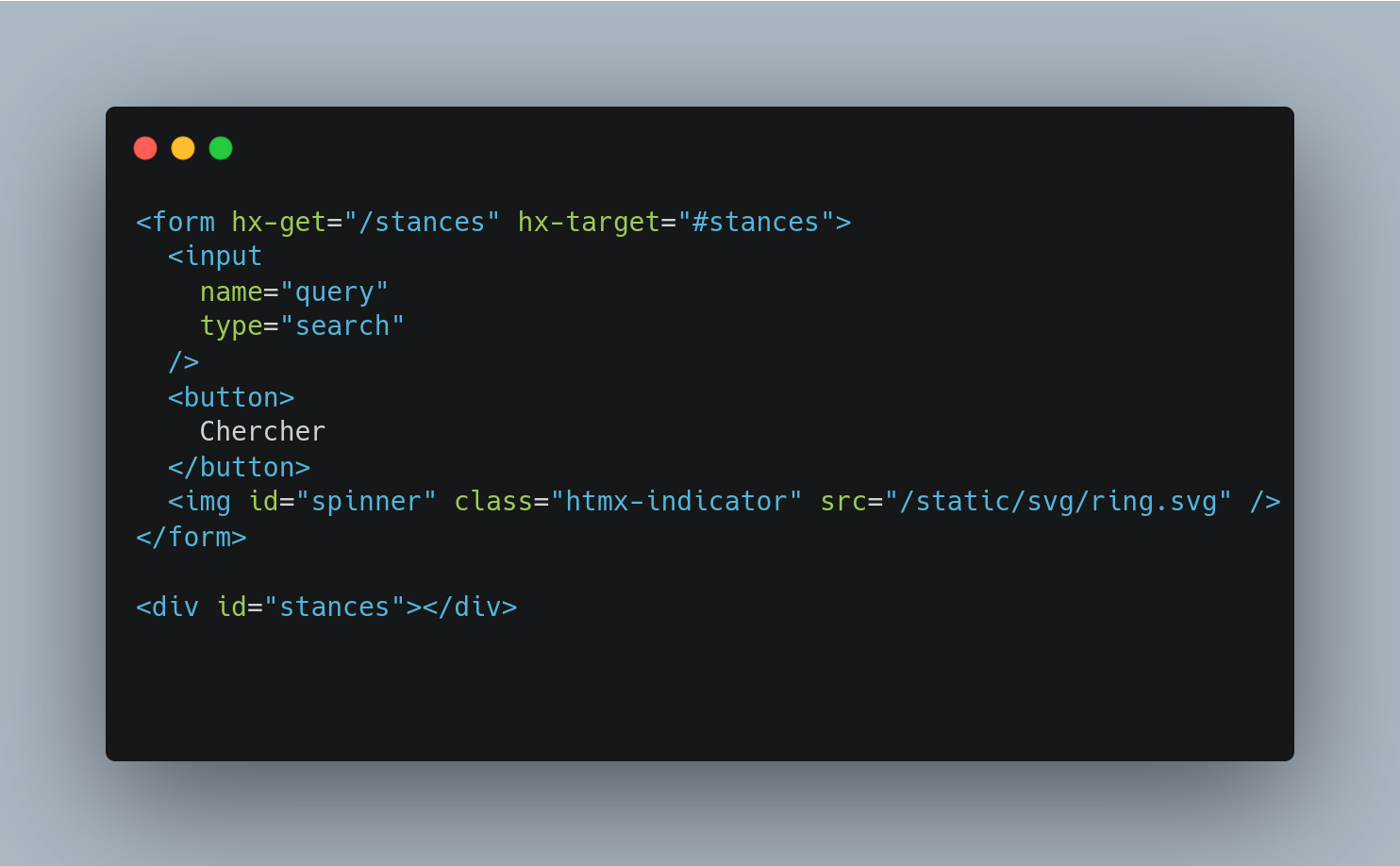
Rethink the web: HTMX

Embracing the Power of HTMX: A New Era of Web Development
For quite some time, I had been deeply engaged in building web applications using Nuxt.js, enjoying its seamless server-side rendering capabilities and overall performance. Nevertheless, there were certain aspects of the framework that left me yearning for something more closely aligned with the web platform itself – specifically, an “HTML-first” approach. That’s when I stumbled upon HTMX, a groundbreaking library that would entirely reshape my perspective on modern web development.
In this article, I will share how integrating HTMX into my toolkit chaned my experience while addressing various pain points associated with traditional frontend frameworks.
Discovering HTMX: An Overview
HTMX stands out amongst other libraries due to its unique features and benefits, such as:
- Optimistic updates without unnecessary complexity: With HTMX, you can perform optimistic UI updates effortlessly. You don’t need to understand complex state management or adopt a specific architectural pattern like Redux or Vuex. Instead, simply apply ‘swup’ effects directly within your templates, making your code leaner and easier to maintain.
- Server as the Single Source of Truth: One of the primary advantages of HTMX lies in its alignment with familiar HTTP patterns. Rather than introducing another layer of abstraction, HTMX lets you treat the server as the ultimate source of information. All interactions occur via standard requests, enabling developers to keep their servers simple and stateless.
- Close proximity to the web platform: Unlike monolithic frameworks, HTMX doesn’t dictate how you should structure your project or enforce strict conventions. Since it relies heavily on native browser behavior, adopting HTMX feels much closer to writing raw HTML and JavaScript compared to React, Angular, or even Vue.js.
- Minimal boilerplate: When incorporating HTMX into your existing stack, you won’t encounter excessive configuration requirements or additional layers obscuring functionality. Simply include the library in your markup, define event handlers, and watch as your components come alive!
- Flexibility regarding the choice of backend language: Thanks to HTMX’s unobtrusive nature, you aren’t confined to utilizing a particular programming language on the server side. Regardless if you prefer TypeScript, Go, Python, Ruby, or PHP, HTMX gracefully complements your preferred setup.
- Smart targeting & focused reloads: Perhaps one of the most appealing facets of HTMX involves responsibly updating DOM elements based on incoming responses. Imagine adding a new list item (‘li’) element to an ordered list (‘ul’). Traditional approaches might force you to refresh the entire container holding said list, whereas HTMX intelligently targets and refreshes only the affected region.
Inspiration
A shining example of successful HTMX adoption can be seen at Aha Stack, who envisioned the potential of HTMX, Astro, Tailwind, and AlpineJs working together.
Wrapping Up
Shifting from Nuxt.js to HTMX brought substantial gains in ease-of-use, efficiency, and versatility. The transition allowed me to escape burdensome limitations set forth by established frameworks while preserving complete command over each project component. Combining HTMX with favored backend languages leads to quicker prototyping phases and improved maintenance procedures. Try implementing HTMX in your daily web development tasks and discover its transformative impact!
